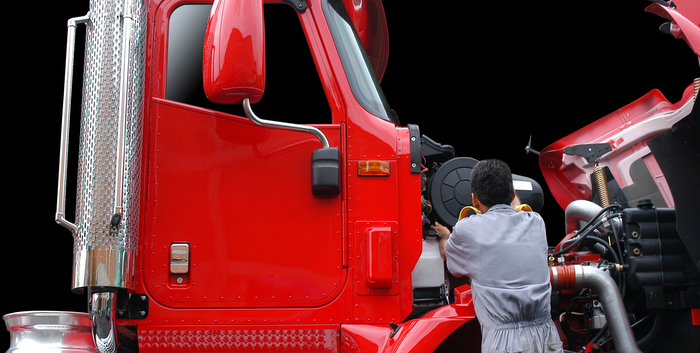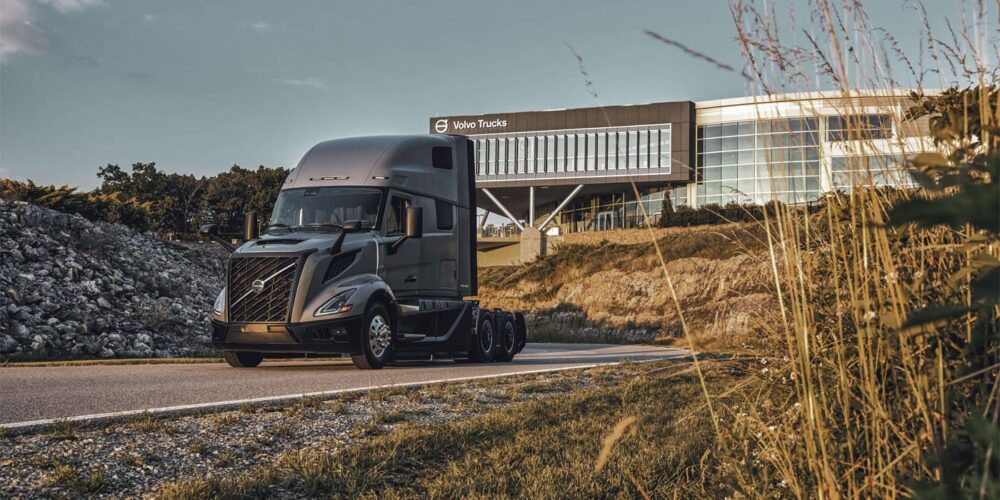Medium- and heavy-duty truck transmissions undergo a lot of stress and abuse throughout their lifetimes. With the elevated loads that the transmissions undergo, an abundant amount of heat is generated due to higher internal friction. If heat generation is left unchecked, it can lead to complete failure of the transmission.
With this in mind, Mitchell 1 highlighted several root causes of heat-related failures, some of which depend on the type of transmission being diagnosed (manual, automated, automatic).
Low Fluid Level
Low fluid level can result in increased friction due to inadequate lubrication, which generates more heat. It also reduces the efficiency of the cooling system because the lower amount of fluid means a lower capacity to absorb heat. If a low fluid condition exists, the source of the leak should be identified and corrected.
Excessive Load
Excessive load can cause overheating when the transmission endures load levels beyond what it was designed to handle. Extra load through the transmission generates more heat than the cooling system has capacity for; therefore, overheating can occur. Terrain can also affect heat production when the vehicle encounters steep grades frequently. For applications that do not originally include a fluid cooler, one can be fitted to help bring operation temperatures back to an ideal range.
Specific Cases for Automatics
Automatic transmissions may see additional overheating symptoms occur. In an automatic transmission, the pump that provides clutch pressure for transferring torque also handles lubrication and cooling flow duties. Pump failure can cause clutch slip because of reduced operating pressure. The extra slip increases heat even more, and with cooling system capacity reduced, the unit can quickly rise to critical operating temperatures.
The torque converter in an automatic transmission also produces a significant amount of heat, mainly during standstill. Conversely, during driving, a faulty lockup clutch can allow the torque converter to continue to slip, causing excessive heat production.
Controlling heat is a critical factor in getting the best service life out of the transmission. Proper service and maintenance are also important to ensure that your transmission can properly control heat production at full capacity. Mitchell 1 TruckSeries provides information to properly diagnose and service various types of transmissions in Class 4-8 vehicles, assisting technicians to maintain the transmission system for optimal performance throughout its life.
This article was contributed by Julius Hairston, associate technical editor for Mitchell 1’s Commercial Vehicle Group. Additional tips for repair and maintenance of Class 4-8 trucks may be found in the Mitchell 1 ShopConnection Truck blog.














